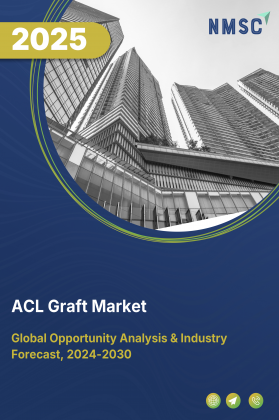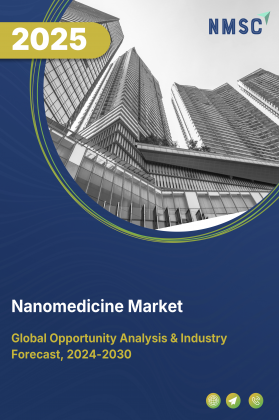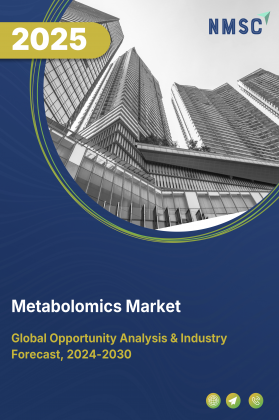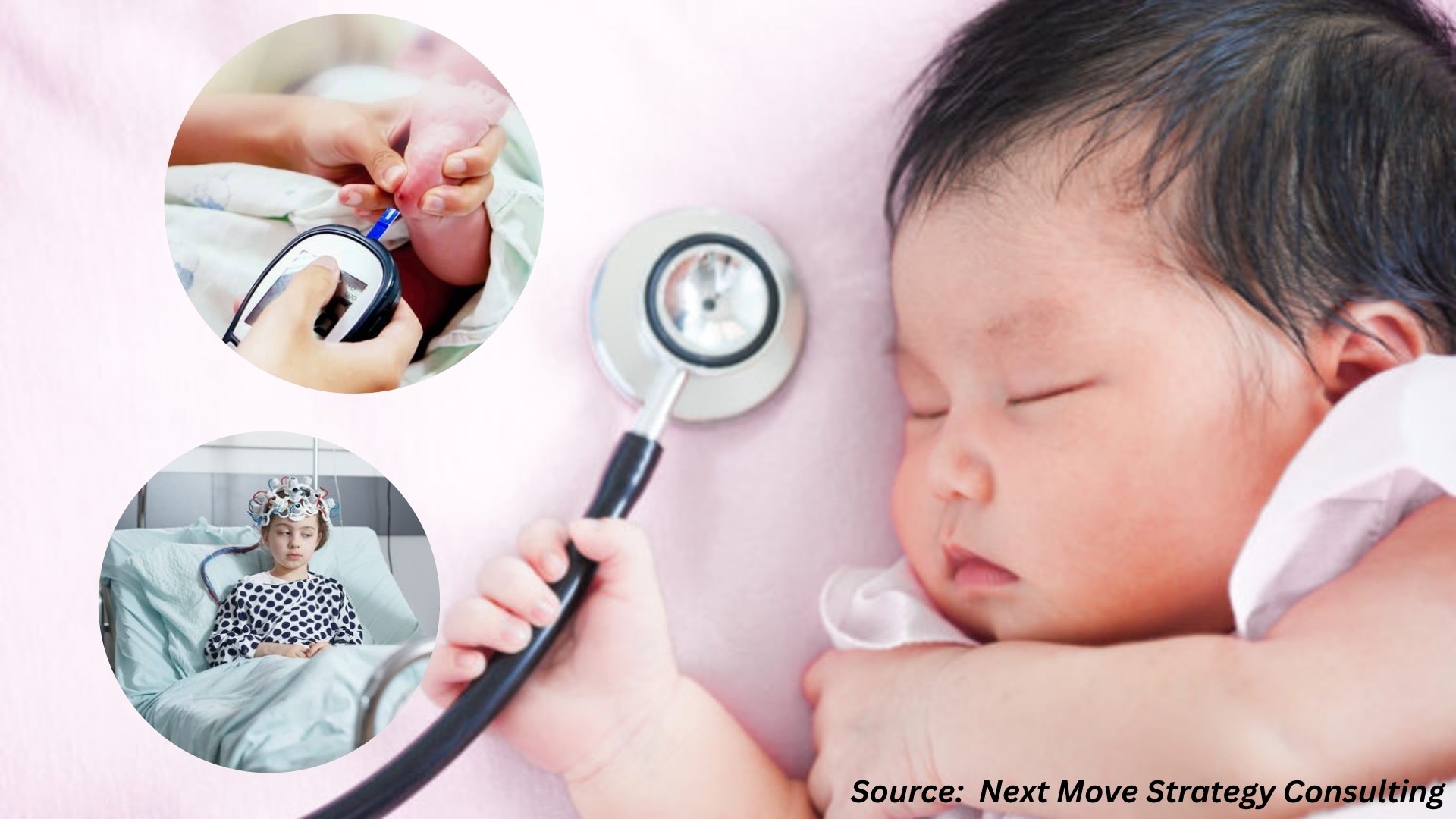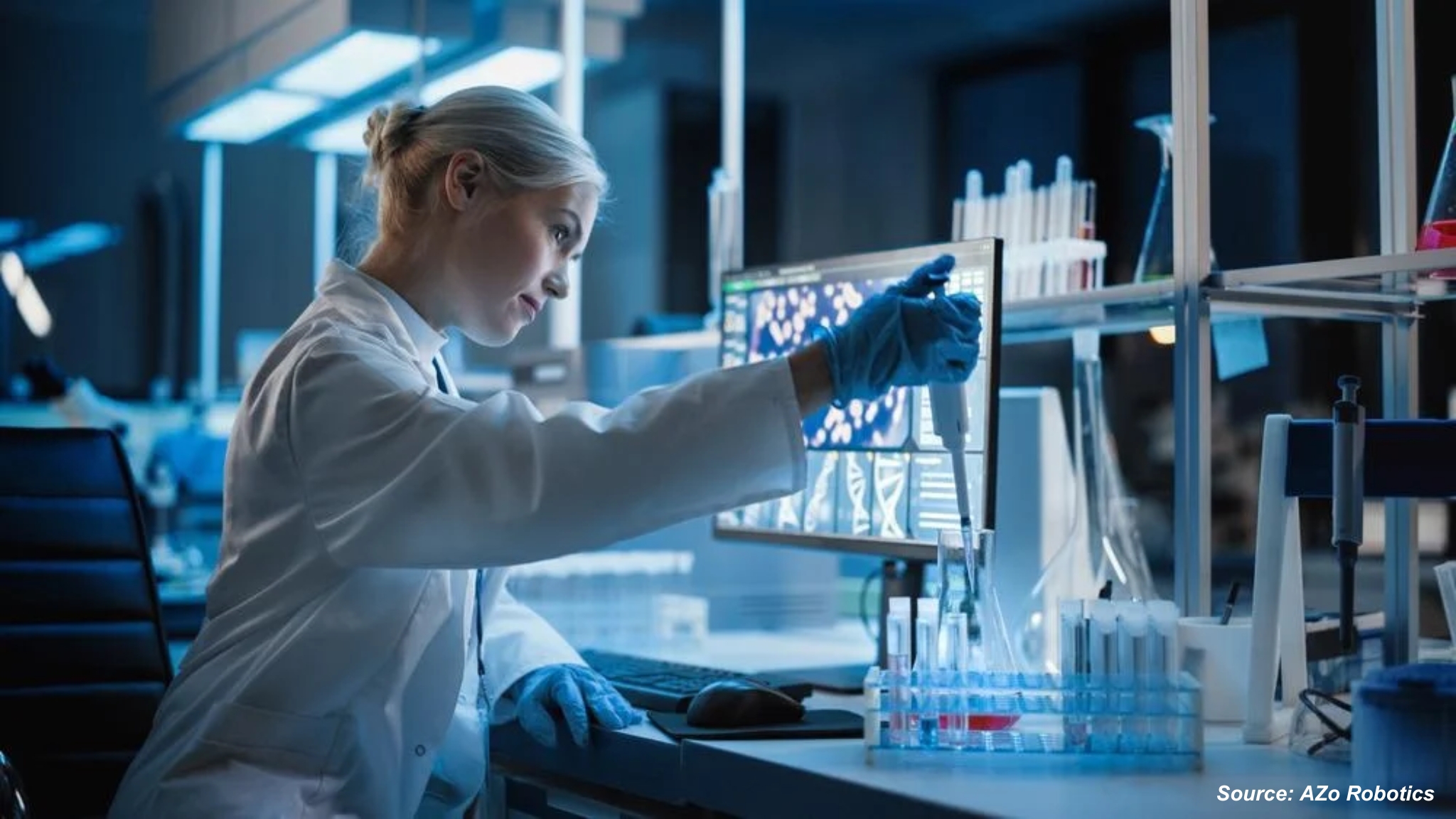
UK Early Toxicity Testing Market by Technique (In Vivo, In Vitro and In Silico), by Toxicity Endpoint (Genotoxicity, Dermal Toxicity, Skin Toxicity, Ocular Toxicity, Phototoxicity, and Others), and by End-User (Pharmaceutical Industry, Cosmetic Industry, Chemical Industry, Food Industry, and Others) – Opportunity Analysis and Industry Forecast, 2025–2030
Industry: Healthcare | Publish Date: 23-May-2025 | No of Pages: 147 | No. of Tables: 112 | No. of Figures: 57 | Format: PDF | Report Code : HC733
UK Early Toxicity Testing Industry Overview
The UK Early Toxicity Testing Market size was valued at USD 186.5 million in 2024, and is predicted to reach USD 288.2 million by 2030, at a CAGR of 7.5% from 2025 to 2030.
The early toxicity testing market is propelled by factors such as the increasing elderly population and rising healthcare expenditure. However, stringent and thorough testing standards present a significant challenge to market growth.
On the other hand, the introduction of advanced technologies, such as 3D cell culture-based in-vitro modeling, offers promising future opportunities for market growth by improving the accuracy and dependability of toxicity testing results. This is expected to accelerate market expansion in the coming years.
Key players such as Merck KGaA, Laboratory Corporation of America Holdings, WuXi AppTec, Medpace, Thermo Fisher Scientific, and others are actively taking initiatives like product launches and collaborations across various countries and regions to maintain their competitive positions in the market. These initiatives are expected to drive the adoption of early toxicity testing, enabling quicker identification of safety issues.
With advancements in 3D cell culture technology, clinical trial risks are reduced, ensuring product safety and regulatory compliance while offering benefits such as fewer late-stage risks, cost reductions, and fewer ethical concerns due to non-animal testing methods. These factors will ultimately drive further market growth.
The Increasing Elderly Population Fuels the UK Early Toxicity Testing Market Growth
The rise in the elderly population in the UK is a major driver for the growth of the early toxicity testing market. Older individuals are more vulnerable to chronic diseases that require long-term medications and continuous support.
To improve their quality of life and manage their symptoms, new drugs and therapies are being developed, with a focus on their specific needs. The Office for National Statistics (ONS) reports that 11 million people in England and Wales are aged 65 and older, a number expected to continue rising in the coming years. This growing demographic is increasing the demand for specialized toxicity assessments tailored to their healthcare needs, further fueling the growth of the early toxicity testing market.
Rising Healthcare Expenditure Drives Market Growth
The increase in healthcare investment in the UK plays a significant role in driving the UK early toxicity testing market demand. Pharmaceutical companies benefit from monetary support, allowing them to implement advanced technologies.
The Office for National Statistics reports that healthcare spending in the UK reached USD 300 billion in 2021. This increase in healthcare expenditure enables the development of advanced testing solutions, which are widely adopted across the pharmaceutical industry.
The increased financial resources lead to the broader implementation of more efficient testing technologies, speeding up drug development and improving safety evaluations. This dynamic ultimately propels the growth and expansion of the toxicity testing market.
Rigorous and Thorough Testing Standards Hinder the UK Early Toxicity Testing Market Expansion
Regulatory authorities, such as the European Medicines Agency, play a key role in the development of new drugs, but also pose challenges for the early toxicity testing market. These authorities enforce stringent regulations and protocols to ensure the safety and efficacy of new medications and technologies.
However, these thorough testing procedures extend approval timelines, delaying the introduction of new therapies. The lengthy approval processes create a hindrance to the market's growth by slowing down the adoption of innovative solutions.
Introduction of Advanced Technologies Creates Future Opportunities for the Market
The integration of advanced technologies, such as 3D cell cultures in toxicity testing, is expected to create substantial growth opportunities in the market. These models provide more accurate and reliable results compared to traditional 2D cultures by better simulating human tissue structures.
The realistic representation of human tissues in 3D models enhances predictive capabilities, supporting safer and more efficient drug development processes. This technological advancement is reshaping the early toxicity testing market in the UK, driving future growth opportunities.
Competitive Landscape
The promising players operating in the UK early toxicity testing industry includes Merck KGaA, Laboratory Corporation of America Holdings, WuXi AppTec, Medpace, Thermo Fisher Scientific, Charles River Laboratories International, Inc., Eurofins Scientific, PerkinElmer, Inc., Bio-Rad Laboratories, Inc., Agilent Technologies, Inc., Navitas Life Sciences, REPROCELL Inc., Hangzhou Singclean Medical Products Co., Ltd., Randox Laboratories Ltd., Gubra, and others.
UK Early Toxicity Testing Market Key Segments
By Technique
-
In Vivo
-
In Vitro
-
Cell Culture
-
PCR
-
ELISA
-
Western Blotting
-
Protein Binding Assays
-
-
In Silico
By Toxicity Endpoint
-
Genotoxicity
-
Dermal Toxicity
-
Skin Toxicity
-
Ocular Toxicity
-
Phototoxicity
-
Others
By End-User
-
Pharmaceutical Industry
-
Cosmetic Industry
-
Chemical Industry
-
Food Industry
-
Others
Key Players
-
Merck KGaA
-
Laboratory Corporation of America Holdings
-
WuXi AppTec
-
Medpace
-
Thermo Fisher Scientific
-
Charles River Laboratories International, Inc.
-
Eurofins Scientific
-
PerkinElmer, Inc.
-
Bio-Rad Laboratories, Inc.
-
Agilent Technologies, Inc.
-
Navitas Life Sciences
-
REPROCELL Inc.
-
Hangzhou Singclean Medical Products Co., Ltd.
-
Randox Laboratories Ltd.
-
Gubra
REPORT SCOPE AND SEGMENTATION:
|
Parameters |
Details |
|
Market Size Value in 2024 |
USD 186.5 million |
|
Revenue Forecast in 2030 |
USD 288.2 million |
|
Value Growth Rate |
CAGR of 7.5% from 2025 to 2030 |
|
Analysis Period |
2024–2030 |
|
Base Year Considered |
2024 |
|
Forecast Period |
2025–2030 |
|
Market Size Estimation |
Million (USD) |
|
Growth Factors |
|
|
Companies Profiled |
15 |
|
Market Share |
Available for 10 companies |
|
Customization Scope |
Free customization (equivalent up to 80 working hours of analysts) after purchase. Addition or alteration to country, regional, and segment scope. |
|
Pricing and Purchase Options |
Avail customized purchase options to meet your exact research needs. |




















 Speak to Our Analyst
Speak to Our Analyst



